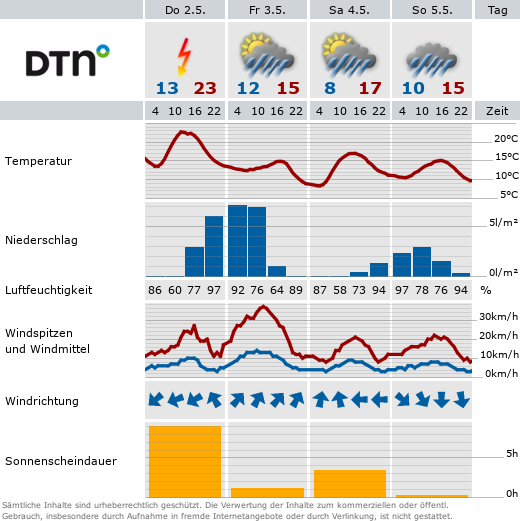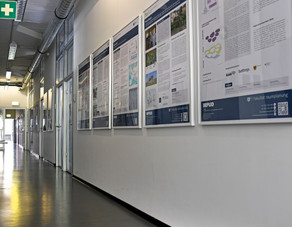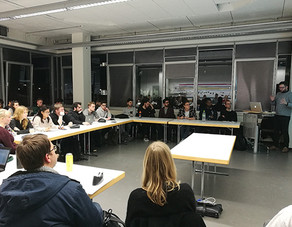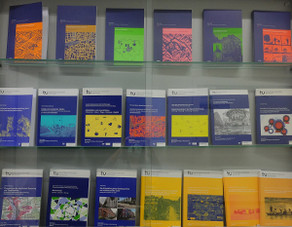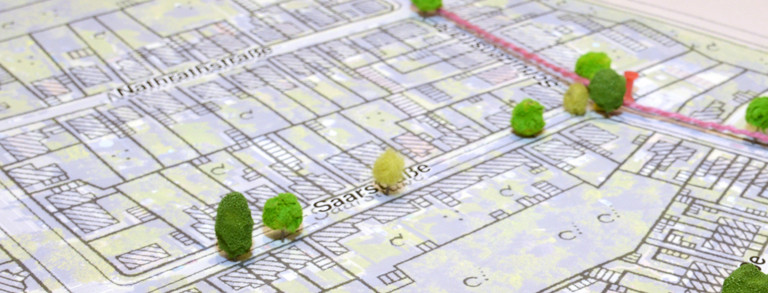Mobility, migration and socio-spatial demographic development
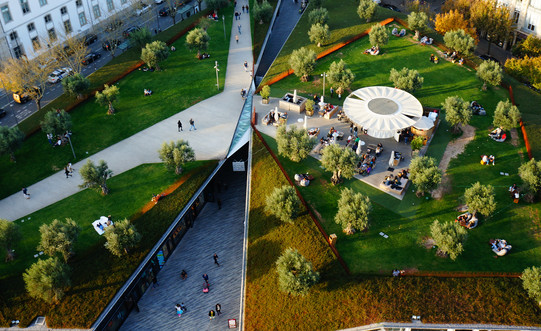
- BUMP - Boosting Urban Mobility Plans (2013 - 2016)
- Perspektive Beruf - Implementation of a Cross-agency Transition System (2011 - 2013)
- C-LIEGE - Clean Last Mile Transport and Logistics Management for Smart and Efficient Local Governments in Europe (2011 - 2013)
- REFINA - Integrierte Wohnstandortberatung als Beitrag zur Reduzierung der Flächeninanspruchnahme (2006 - 2009)
- LEAN2 - Kommunale Finanzen und nachhaltiges Flächenmanagement (2006 - 2009)
- Akteure, Beweggründe, Triebkräfte der Suburbanisierung (2005 - 2006)
- Wohnungsmarktbeobachtung (1993 - 2005)
- ILUMASS - Flächennutzung und Verkehr (2001 - 2004)
- Integration von Umwelt-Teilmodellen in das IRPUD-Modell (1998 - 2004)
- Europäische Verkehrsnetze (1991 - 2003)
- FRAME - Freizeitmobilität älterer Menschen (2000 - 2003)
- IASON - Räumliche Wirkungen europäischer Verkehrsmaßnahmen (2001 - 2003)
- PROPOLIS - Nachhaltige Stadtentwicklung in europäischen Stadtregionen (2000 - 2002)
- Soziale Stadt (2000 - 2002)
- Via Egnatia - Fallstudie zum Autobahnbau (2002)
- VUGIS - Verkehrsplanung und GIS (2000 - 2002)
- Grenzland oder Schmelztiegel? (2000 - 2001)
- Nahverkehrspläne im Vergleich (2000 - 2001)
- IBA und Frauen (2000)
- Nationalatlas Bundesrepublik Deutschland (2000)
- Rad Radius Reisezeit (2000)
- SASI - Räumliche Auswirkungen der transeuropäischen Netze (1996 - 2000)
- Sustainable Mobility in Cities (1997 - 2000)
- TRANSLAND - Integration von Verkehrs- und Flächennutzungsplanung (1999 - 2000)
- TRILAT - Nachhaltige Verkehrsplanung in Israel und Palästina (1997 - 2000)
- Einfach und selber bauen (1998 - 1999)
- Eisenbahn- und Straßenisochronen von Berlin (1999)
- INTERNAT - Strategische Umweltbewertung (1999)
- Migration ohne Ortswechsel? (1998 - 1999)
- Produkte aus der Region für die Region (1999)
- Visualisierung der Beschleunigung (1996 - 1999)
- Bewohnergetragene Projekte zur integrierten Entwicklung von Großsiedlungen (1995 - 1998)
- EUROSIL - European Strategic Intermodal Links (1997 - 1998)
- Frauenwohnprojekte (1997 - 1998)
- Geoinformationssysteme in der kommunalen Planung (1993 - 1998)
- Gesellschaftliche Desintegration und ethnisch-kulturelle Konflikte (1996 - 1998)
- Gestaltung naturnaher Bereiche im Lausitzer Braunkohlerevier (1995 - 1998)
- Kompensationsmanagement (1998)
- Mehr Bauland +5 (1998)
- Nachhaltige räumliche Stadtentwicklung in Kwangju in Südkorea (1995 - 1998)
- Nachhaltigkeitsindikatoren (1998)
- Naturnahe Regenwasserbewirtschaftung (1994 - 1998)
- Neue Armut in der Stadt (1996 - 1998)
- Räumliche Datenbasis für die satellitengestützte Lokalisierung von Eisenbahngüterwaggons (1995 - 1998)
- Räumliche Integration von AusländerInnen und AussiedlerInnen (1995 - 1998)
- SPARTACUS - System for Planning Urban Sustainability (1996 - 1998)
- Städte der Zukunft (1997 - 1998)
- STREAMS - Strategic Transport Research (1996 - 1998)
- Verkehrslärmprognose für Lünen (1998)
- Nachhaltige räumliche Stadtstrukturen (1993 - 1998)
- Berufspendler - Trennung von Wohnort und Arbeitsort (1997)
- Dortmund und die Eisenbahn (1997)
- Benachteiligte Stadtquartiere (1994 - 1996)
- Bodenrechtliche Probleme bei der Revitalisierung ostdeutscher Innenstädte (1995 - 1996)
- Lkw-Gewichtsbegrenzung (1995 - 1996)
- Neue Kooperationsformen in der Stadterneuerung (1994 - 1996)
- Transeuropäische Netze und Erreichbarkeit in Europa (1995)
- Bündelungspotential von Pendlerfahrten (1991 - 1994)
- Dortmund 1918-1946 (1993 - 1994)
- Zeitkarten (1992 - 1994)


